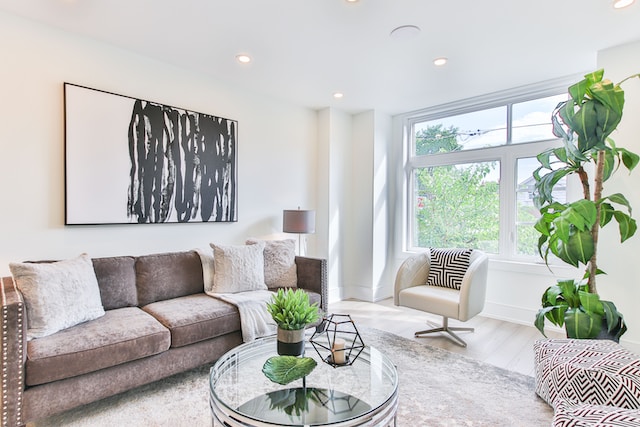Landlord Blog
Education and news for smart DIY landlords!
Furnished Vs Unfurnished Apartment: What’s Best For Your Rental Business?

As a landlord or property manager, deciding whether to offer furnished or unfurnished apartments can significantly impact your rental business. Both options come with their own set of advantages and considerations, and the choice ultimately depends on your target market, location, and overall rental strategy.
Let's explore the factors to consider when deciding between furnished and unfurnished apartments for your rental business.
Furnished Apartments
Furnished apartments come with pre-installed furniture, appliances, and essential amenities. Here are some benefits of offering furnished units:
Attracting a Wider Tenant Pool
Furnished apartments cater to a broader tenant pool, including professionals relocating for work, students, or individuals seeking short-term accommodations. Offering turnkey solutions can attract tenants who prefer the convenience and minimal effort of moving into a fully equipped space.
Higher Rental Rates
Furnished apartments generally command higher rental rates due to the added value of furniture and amenities. Tenants are willing to pay a premium for the convenience and savings associated with not having to buy and move furniture themselves.
Reduced Vacancy Periods
Furnished apartments tend to have shorter vacancy periods. The demand for fully furnished rentals is often higher, especially in areas with a transient population or high numbers of short-term visitors. By offering furnished units, you can minimize the time your properties remain unoccupied.
Lower Maintenance Responsibility
When you provide furniture and appliances, you also assume responsibility for their maintenance and repairs. This can save time and effort for tenants who may not want to deal with the hassle of maintenance or finding reliable repair services. By taking on these responsibilities, you can enhance the overall tenant experience and attract long-term occupants.
Unfurnished Apartments
Unfurnished apartments are empty spaces that allow tenants to bring in their own furniture and personalize the living environment. Consider the following advantages of offering unfurnished units:
Larger Tenant Pool
While furnished apartments attract a specific demographic, unfurnished apartments appeal to a broader tenant pool. Families, professionals, or individuals with established households may prefer unfurnished rentals to maintain their personal style and sense of home.
Long-Term Stability
Unfurnished apartments tend to attract tenants looking for long-term rentals and stability. These tenants are more likely to stay for extended periods, leading to reduced turnover and a steady stream of income for your rental business.
Read more: How to Prepare Your Rental Unit for a New Tenant: 7 Turnover Tips
Reduced Maintenance Costs
With unfurnished apartments, tenants are responsible for their own furniture and appliances. This minimizes your maintenance responsibilities and expenses, as tenants will handle repairs and replacements themselves. This can lead to cost savings and less time spent managing maintenance issues.
Customization Potential
Offering unfurnished units allows tenants to personalize their living spaces to their own preferences. This customization potential can attract tenants who value the freedom to create a home that suits their unique style and needs.
Considerations for Your Rental Business

When deciding between furnished and unfurnished apartments for your rental business, consider the following factors:
Market Demand and Competition
Analyze the local market demand and competition in your area. Research the preferences and needs of potential tenants to determine which option aligns better with their expectations and rental market trends.
Location and Target Market
Consider the location of your properties and the target market you wish to attract. For instance, if you have properties near universities or corporate areas, furnished apartments may be more appealing to students or professionals seeking short-term accommodations.
Rental Strategy and Return on Investment
Evaluate your rental strategy and financial goals. Calculate the potential rental income for both furnished and unfurnished apartments, taking into account factors such as rental rates, maintenance costs, vacancy rates, and the expected duration of occupancy.
Flexibility and Adaptability
Consider your business's flexibility and adaptability to changes in the rental market. Furnished apartments can be more adaptable to short-term trends and fluctuations in demand, while unfurnished units provide stability and cater to a wider range of tenants.
Choosing between furnished and unfurnished apartments for your rental business requires careful consideration of market dynamics, tenant preferences, location, and your overall rental strategy.
Evaluate the potential advantages and considerations associated with each option to make an informed decision that aligns with your business goals and maximizes your return on investment. It can also be beneficial to conduct market research and regularly reassess your rental business's needs and objectives.
